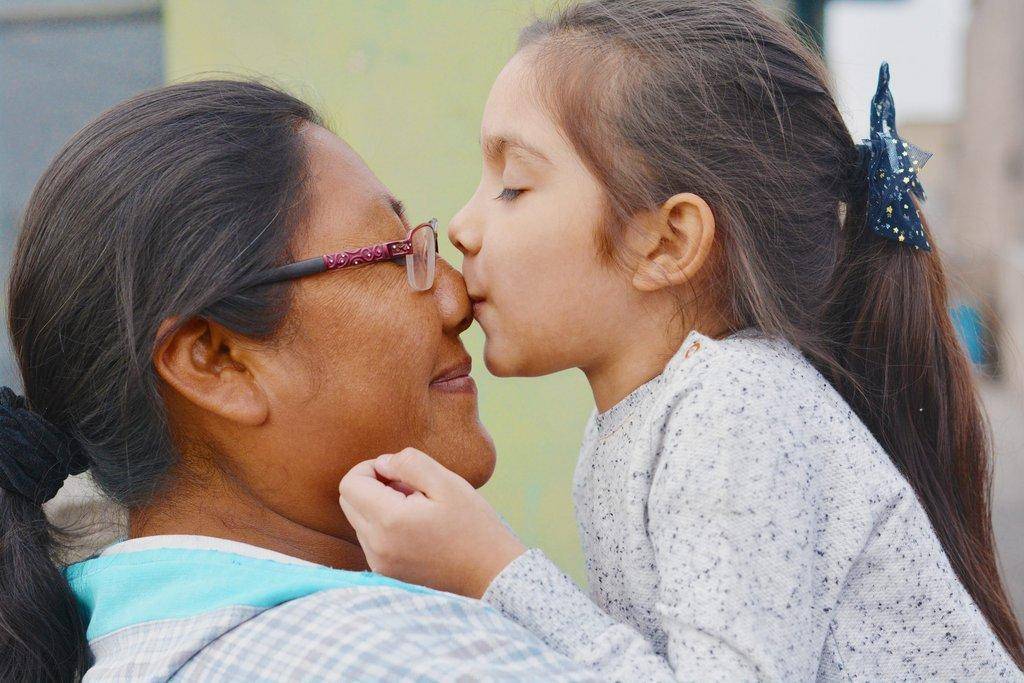By Julene Reese
Information that increases understanding of the status, conditions and experiences of all social and identity groups is crucial in helping Utah local and state decision makers address current needs.
The Utah State University Utah Women & Leadership Project (UWLP) created a series of research reports on Utah women and girls to better understand their experiences. This report focuses on American Indian women in Utah and is the last in a series of five reports. Sources include the five-year U.S. Census Microdata, Utah System of Higher Education, Utah Department of Corrections, and a number of Utah Department of Health offices, including Health Disparities, Vital Records and Statistics, and Public Health Assessment, among others.
Susan Madsen, founding director of the UWLP and one of three report authors, said researchers collected data in five areas, including general demographics, health, basic needs, education, and income and employment.
“The data in this report provide a snapshot of the existing disparities in areas specifically related to Utah American Indian women,” she said. “It provides a good starting point for meaningful, targeted change.”
Researchers used the U.S. Census description for American Indian or Alaska Native, which is “a person having origins in any of North or South America (including Central America) and who maintains tribal affiliations or community attachment.” In 2010, 27,213 Utahns were American Indians; by 2020, the number had increased to 31,648.
Health – American Indian women in Utah are more likely to lack health insurance (13.3%) than Utah women in general (11.2%). They also face greater barriers to medical care, with 29.5% women reporting they forgo medical care due to cost (vs. 13.8% of Utah women generally) and having no personal doctor (24.5% for Utah American Indian women vs. 20.2% for Utah women). They are more likely to report poor mental health (26.2% vs. 23.6% of all Utah women) as well as receive a diagnosis of major depressive disorder (31.8% vs. 29.7% of all Utah women).
Basic Needs – This includes water, internet, safety and freedom. More American Indian women report no access to water (27.3% for Utah American Indians and 25.8% for the U.S. American Indians) than all women (10.6% for all Utah women and 14.4% for all U.S. women). Internet access has become increasingly critical to accessing information, services and education. Similar rates of American Indian women in Utah report having no internet access at home (23.8%) to U.S. American Indian women at 21.7%. It is much higher than Utah women in general (5.1%) and all U.S. women (10.4%).
Education – American Indian women in Utah end their education with a high school diploma (33.2%) more often than Utah women generally (23.8%), and they have lower rates of attaining bachelor’s degrees (11.2% vs. 29% of all Utah women).
Income and Employment – American Indian women in Utah face considerably greater rates of poverty, 27.5% vs. 10.8% of all Utah women, which is similar to national trends. The median personal income for Utah American Indian women ($12,719) is lower than for Utah women generally ($19,245). The Women’s Business Center of Utah reports that of women clients (95%), only 1% are American Indian. However, nationally, as of 2019, 50% of all women-owned businesses in the U.S. were owned by women of color, and firms owned by American Indian women grew 26% between 2014 and 2019.
“We are excited to see the growth in American Indian women-owned businesses,” Madsen said. “There has been significant federal funding in past years to help women and minorities start businesses, so that could be part of the reason for the increase. Also, since the pandemic, Utah has been awarded $56 million of a federal grant for business growth, particularly for women, minorities, veterans and others, and we anticipate this will be of tremendous help.”
Tasha Toy, a report author from Utah Tech University, said as the state continues to become more diverse, it is critical that we focus on all women of color.
“As we provide greater access and opportunity to all residents, the state can use these data to better use the talents, ideas and resources American Indian women offer the state, employers and Utah families,” she said.
Marin Christensen, research associate for the UWLP, is an additional report author. To see the full report, including references, click here. For further information on UWLP programs and projects, visit utwomen.org.

